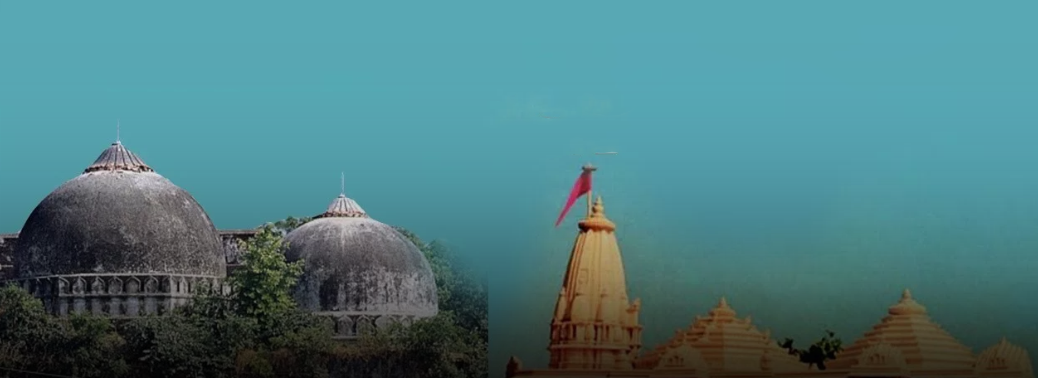AYODHA DISPUTE CASE
08, Mar 2019

The SC bench constituted a three-member panel for the mediation in ayodha dispute case.
About:
- The three-member mediation panel will be headed by former SC judge Justice F M Kalifullah, members of the panel include spiritual guru Sri Sri Ravi Shankar and Senior Advocate Sriram Panchu. It asked the panel to give the progress report of the matter in four weeks and to complete the talks in eight weeks.
- The mediation proceedings will be held in-camera in Faizabad, Uttar Pradesh, and will “commence within a week”.
- The bench directed the state government to “forthwith” make arrangements including the venue of the mediation, place of stay of the mediators, their security and travel. While hearing arguments on the proposal for mediation, the bench had stressed the need to keep the proceedings confidential so that dialogue is not hampered by unwanted comments and controversies.
- The bench said “we are of the further opinion that while the mediation proceedings are being carried out, there ought not to be any reporting of the said proceedings either in the print or in the electronic media”.
- But it refrained from passing any specific order “at this stage” and left it to the mediators to pass necessary orders “in writing, if so required to restrain publication of the details of the mediation proceedings”.
- The bench said the panel chairman may inform the Supreme Court Registry in case of any difficulty in carrying out the task assigned or if there was any requirement to facilitate the mediation and to conclude it at the earliest.
Background:
- The suggestion for mediation had come from the bench on February 26 when it took up appeals. It said it could only decide on property and what it was looking at was “a possibility of healing relationships”.
- It sought the views of the parties on invoking Section 89 of the CPC which deals with mediation.
- Section 89 says that “Where it appears to the court that there exist elements of a settlement which may be to the parties, the court shall formulate the terms of settlement and give them to the parties for their observations and after receiving the observations of the parties, the court may reformulate the terms of a possible settlement and refer the same for (¬a) arbitration; (b) conciliation; (c) judicial settlement including settlement through Lok Adalat; or (d) mediation”.
Ram Janmabhoomi-Babri Masjid land dispute case:
Following is the chronology of events in the Ram Janmabhoomi-Babri Masjid land dispute case
*1528:
Babri Masjid built by Mir Baqi, commander of Mughal emperor Babur.
*1885:
Mahant Raghubir Das files plea in Faizabad district court seeking permission to build a canopy outside the disputed Ram Janmabhoomi-Babri Masjid structure. Court rejects plea.
*1949:
Idols of Ram Lalla placed under a central dome outside the disputed structure.
*1981:
UP Sunni Central Waqf Board files suit for possession of the site.
*February 1, 1986:
Local court orders the government to open the site for Hindu worshippers.
*August 14, 1989:
Allahabad HC ordered maintenance of status quo in respect of the disputed structure.
*December 6, 1992:
Ram Janmabhoomi-Babri Masjid structure demolished.
1993
*April 3:
‘Acquisition of Certain Area at Ayodhya Act’ passed for acquisition of land by Centre in the disputed area.
*October 24, 1994:
SC says in the historic Ismail Faruqui case that a mosque was not integral to Islam.
*April 2002:
HC begins hearing on determining who owns the disputed site.






